Leeson Group subsidiary Volt Solar Tile said its Australian-designed building-integrated photovoltaic (BIPV) roof tile has the highest wattage of any solar tile on the global market with a maximum power output of 115 W and a solar efficiency of up to 19.3%.
Peter Leeson, managing director of Leeson Group and founder and director of Volt Solar Tile, said the Volt Planum and Lodge mono PERC solar tiles are the first in the world that can generate the equivalent amount of energy as a standard solar PV panel.
“It’s the highest efficiency solar tile in the world to date,” he said. “We’ve reached 19.3% efficiency.
“With Volt, we’ve made solar tiles affordable and accessible for homeowners who want clean and affordable energy to power their homes.”
Leeson said Volt has designed the “highest wattage, highest quality, and lowest cost solar tile available”.
“Volt solar tiles are a quarter the cost of its competitors’ integrated solar roofs and half the cost of other solar tiles systems,” he said. “A 5kW Volt system costs $12,000 fully installed after STC (small-scale technology certificate) rebates.
“We’re coming close to or meeting the price of your premium quality solar power systems but it’s obviously a lot more than your standard systems.”
The Volt Solar Tile range includes the 115 W Planum module which has an 18.8% solar efficiency and the 105 W Lodge solar tile with 19.3% efficiency. Both tiles benefit from metal wrap through (MWT) cell technology and a busbar-free design which decreases shading area by up to 3%.
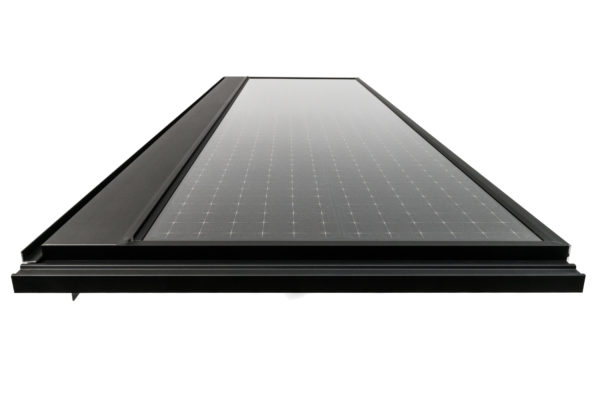
Image: Supplied
The tiles, which measure 1.7m x 0.44m and 1.65m x 0.44m respectively and weigh in at 10 kilograms, feature a black aluminium frame, matte-black glass and built-in cable containment system which eliminates the need for live cables in the roof. The solar tiles are designed to tie in with adjacent roof tiles and feature their own drainage channels and gutters.
The solar tiles, which are backed with a 30-year performance warranty and 15-year product warranty, have already secured TUV certification and Volt said it is waiting on certification from the Clean Energy Council (CEC) for its approved product list.
Currently being manufactured in China, Leeson said the plan is to eventually move that process into Australia.
“By late 2023 we’re hoping to have assembly set up and operating here in Australia,” he said. “From there, we will be looking at setting up an actual manufacturing plant here. The aim is to be financially closing on a manufacturing plant in 2024 and at the end of 2024, start of 2025 actually be making the solar modules here.”
The Volt solar tiles will be officially launched at the All-Energy Australia event in Melbourne next week but Leeson said they are already available in Australia with the first installations expected to commence in the coming weeks.
The launch of the Volt Solar Tile range coincides with the appointment of Bristile Roofing as the roofing partner for the product in Australia while Spain-headquartered roof tile manufacturer La Escandella will serve as its global distributor outside of Australia.
The Volt Lodge solar tile integrates with Bristile’s concrete roof tile range while the Planum tile is designed to fit with terracotta tiles manufactured by La Escandella.
Bristile, one of Australia’s largest roof tile manufacturers, has a significant market share for new home roofing products across the nation while La Escandella has a presence in more than 85 countries.
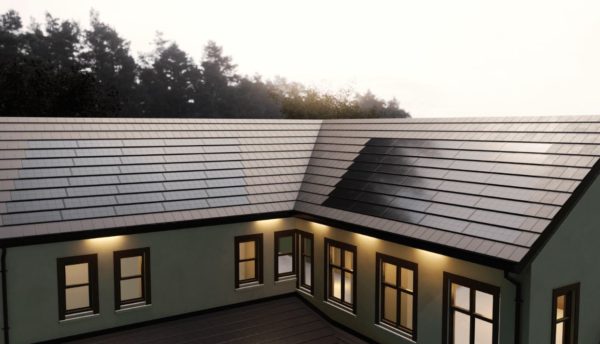
Image: Supplied
Leeson said the distribution agreements will open opportunities for the solar tiles to be sold in 85 countries including Spain, United States, United Kingdom and Germany and will provide Volt with an initial potential market of 250 MW annually.
“Australian engineered solar technologies are highly regarded around the world and recognised for their innovation and quality,” he said.
“Our partnership with Bristile Roofing and La Escandella will allow us to expand our market share in the solar tile industry.”
The company is forecasting about 6.6 MW of its product sold and installed around the world in 2023 with that increasing to 80 MW globally by 2026.
While the solar tiles can be retrofitted to an existing roof, the main target is expected to be the new home market with Leeson saying the Volt solar tiles provide homeowners with an alternative to traditional solar panels.
“That is where we are going to gain market traction,” Leeson said, adding Volt would be looking to take advantage of the recent changes to the National Construction Code.
The changes, which are to be implemented in May next year, are designed to help reduce buildings’ ongoing costs on the path to net-zero emissions, with the introduction of minimum energy ratings of seven stars.
The new standard is designed to encourage builders to consider the efficiency of appliances, such as hot water systems, heating and cooling, pool and spa pumps, solar modules and battery storage that they recommend to homeowners.
“That’s going to push a huge requirement of solar power going onto new homes,” Leeson said, noting the integrated design features of the solar tiles would appeal to new home builders.
“Not a lot of new homes will put solar panels on a new home but solar tiles really are a new-home market product,” he said. “It provides an integrated option which can be introduced during the construction phase.”
*This article was amended to correct Bristile Roofing’s listed status.
This content is protected by copyright and may not be reused. If you want to cooperate with us and would like to reuse some of our content, please contact: editors@pv-magazine.com.

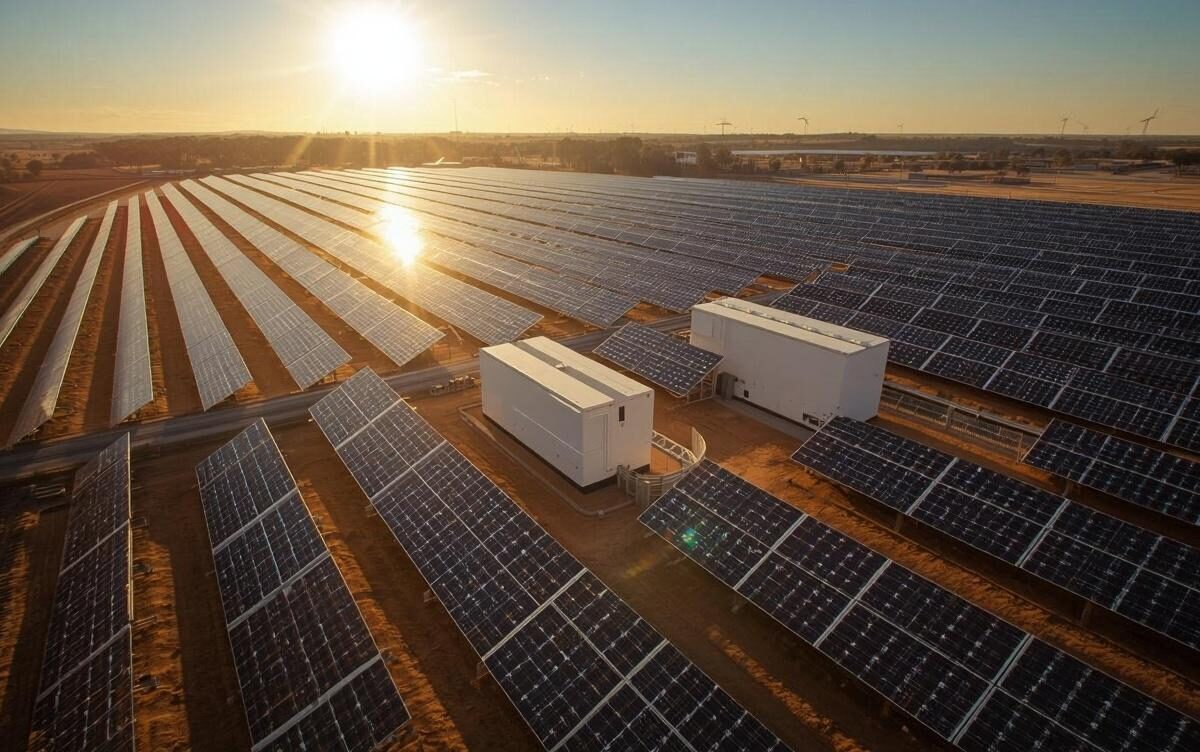


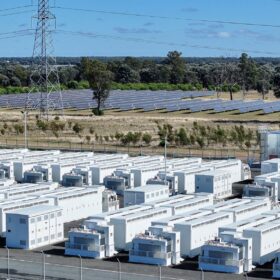

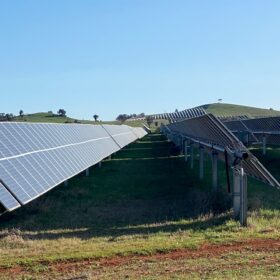
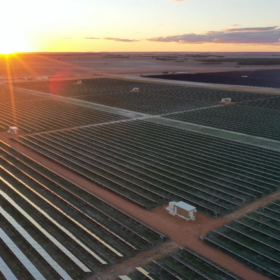

Bristile are not ASX-listed, as the article suggests. They are a subsidiary of Brickworks.